Deforestation and Forest Loss
- August 28, 2024
- 0 comment
Discover the impact of deforestation on our planet. Explore how deforestation contributes to climate change, biodiversity loss, and environmental degradation. Learn about the urgent need for sustainable solutions to combat forest loss.
What are Deforestation and Forest Loss
Deforestation is the process of systematically removing or clearing forested areas to repurpose the land for other uses such as agriculture, urban expansion, or resource extraction. This often involves cutting down trees, burning vegetation, or altering the land in ways that prevent natural regeneration. The result is a dramatic and permanent reduction in forest cover, which can lead to the destruction of entire ecosystems. Deforestation not only diminishes the area of forests but also disrupts the intricate balance of these ecosystems, affecting both plant and animal species that depend on forests for survival.
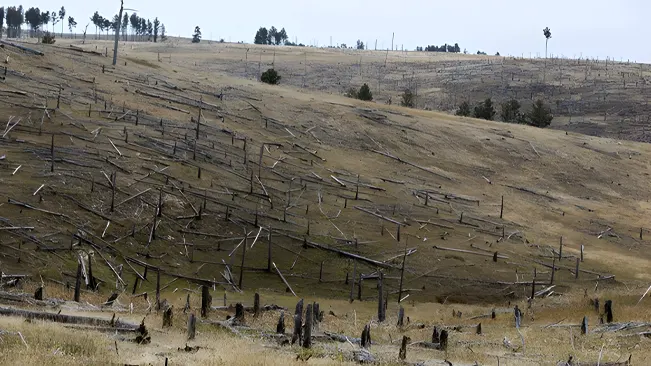
Forest loss, while similar to deforestation, encompasses a broader range of impacts on forest ecosystems. It includes not only the outright removal of trees but also the gradual degradation of forest quality. This can involve fragmentation, where large, continuous tracts of forest are broken into smaller patches, making it difficult for wildlife to migrate and thrive. Additionally, forest loss can refer to the decline in forest health due to pollution, invasive species, or climate change. Such degradation impairs the forest’s ability to perform its vital ecological functions, including carbon sequestration, water filtration, and soil stabilization, thereby exacerbating environmental challenges and threatening biodiversity.
Causes of Deforestation
Agricultural Expansion
One of the primary drivers of deforestation is the conversion of forests into agricultural land. As the global population grows, there is increasing pressure to clear forests to make way for crop cultivation and livestock grazing. This transformation of land can lead to the loss of vast areas of forest, which not only reduces biodiversity but also disrupts local ecosystems.

Industrial agriculture further exacerbates this issue by promoting large-scale monocultures and intensive farming practices that require significant land use, often leading to further deforestation and degradation of the remaining forested areas. The use of fertilizers and pesticides in these large agricultural operations can also lead to soil degradation and water pollution, compounding the negative effects on surrounding forest ecosystems.
Urbanization
Urbanization is another significant cause of deforestation, as cities and infrastructure expand to accommodate growing populations. The development of residential areas, commercial zones, and transportation networks often necessitates the clearing of forests to make room for buildings, roads, and other urban infrastructure.
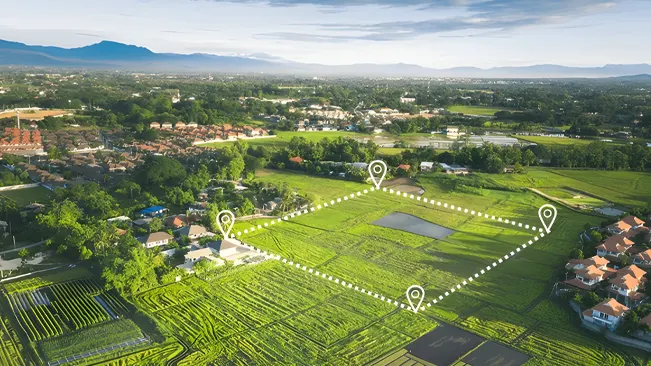
This expansion not only directly destroys forest habitats but also fragments remaining forest areas, making it difficult for wildlife to find adequate shelter and food. The resulting loss of forest cover can lead to increased runoff and erosion, affecting water quality and further disrupting the ecological balance.
Logging
Commercial logging practices are a major contributor to deforestation, as trees are harvested for timber, paper, and other wood products. Logging operations can be conducted in both tropical and temperate forests, and often involve the removal of large quantities of trees, leaving behind degraded landscapes.
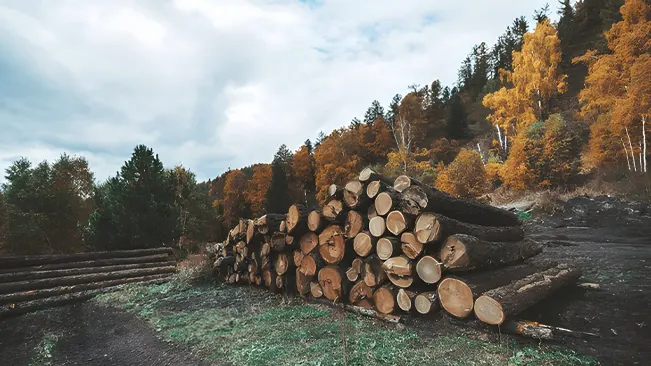
While sustainable logging practices aim to mitigate some of these impacts, illegal logging and poorly managed operations can lead to extensive deforestation and habitat destruction. The removal of trees not only eliminates the habitat for numerous species but also affects the forest’s ability to regulate climate and maintain soil health.
Mining
Mining activities are another significant cause of deforestation, as they often require extensive land clearance to access valuable minerals and resources buried beneath the forest floor. The process of mining can involve the removal of large tracts of forest, as well as the construction of infrastructure such as roads and processing facilities.
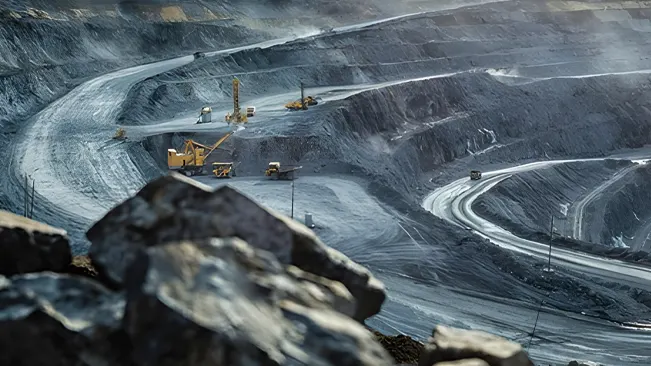
The environmental consequences of mining include soil erosion, water contamination, and the destruction of habitats for wildlife. Additionally, mining can lead to the introduction of invasive species and changes in land use that further contribute to forest degradation and loss.
Consequences of Forest Loss
Environmental Impact
Forest loss has profound environmental consequences, significantly affecting the global climate. Trees play a crucial role in sequestering carbon dioxide from the atmosphere, thereby mitigating the effects of climate change. When forests are cleared or degraded, this stored carbon is released back into the atmosphere, contributing to increased greenhouse gas emissions and global warming. Additionally, forests help regulate local and regional climates by maintaining humidity levels and influencing weather patterns. Their loss can lead to more extreme temperature fluctuations and altered precipitation patterns.
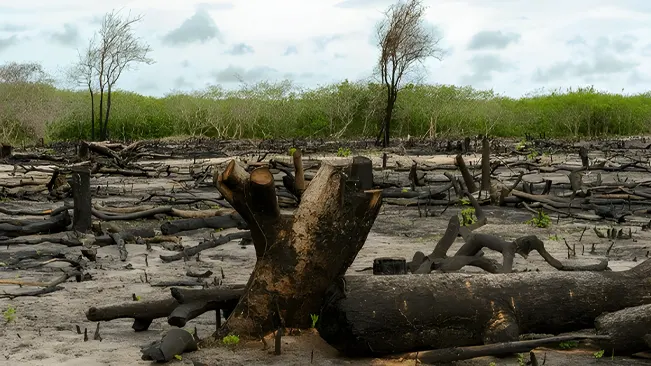
Soil erosion and degradation are also major environmental impacts of forest loss. Trees and vegetation stabilize the soil through their root systems, preventing erosion and maintaining soil fertility. When forests are removed, the soil becomes more susceptible to erosion by wind and water, which can lead to the loss of topsoil and reduced agricultural productivity. Furthermore, the absence of tree cover can result in reduced water infiltration and increased runoff, exacerbating the risk of flooding and further degrading the landscape.
Biodiversity Loss
The loss of forests has severe consequences for biodiversity, as these ecosystems are home to a vast array of plant and animal species. Deforestation can lead to the extinction of many species that rely on forest habitats for survival. The destruction of their natural environments can disrupt food chains, breeding grounds, and migration routes, making it difficult for species to adapt and survive. The decline in biodiversity not only affects individual species but also undermines the overall health and resilience of the ecosystem.

Moreover, forest loss can disrupt the ecological balance by altering interactions among species and the functioning of ecosystems. For example, the removal of keystone species or changes in predator-prey relationships can have cascading effects throughout the ecosystem, affecting plant growth, nutrient cycling, and ecosystem services.
Impact on Indigenous Communities
Indigenous communities are often deeply connected to forests, relying on them for traditional livelihoods, cultural practices, and spiritual values. The loss of forests can lead to the displacement of these communities, as they may lose access to their ancestral lands and resources. This displacement can disrupt traditional ways of life, including hunting, gathering, and agriculture, and lead to social and economic hardships.

The social and cultural implications of forest loss are significant, as forests often hold profound spiritual and cultural significance for Indigenous peoples. The erosion of cultural practices and traditions, combined with the loss of traditional knowledge and community cohesion, can have lasting effects on these communities’ identity and well-being.
Economic Consequences
Forests provide a range of ecosystem services that are crucial for economic stability. These services include water purification, soil fertility, climate regulation, and recreational opportunities. The loss of forests can degrade these services, leading to increased costs for water treatment, reduced agricultural yields, and diminished tourism revenue. The long-term economic impacts of forest loss can be substantial, affecting industries that depend on healthy forest ecosystems and leading to increased expenditure on environmental restoration and management.

Additionally, the decline in ecosystem services can have broader economic implications, including impacts on public health, food security, and economic resilience. As forests continue to be lost, the need for sustainable management and conservation efforts becomes increasingly urgent to mitigate these economic consequences and ensure long-term ecological and economic stability.
Sustainable Solutions and Alternatives
Sustainable Forestry Practices
Sustainable forestry practices aim to balance the ecological, social, and economic aspects of forest management to ensure that forests remain healthy and productive for future generations. Certification programs, such as those offered by the Forest Stewardship Council (FSC) and the Program for the Endorsement of Forest Certification (PEFC), play a crucial role in promoting responsible logging practices. These programs establish standards for environmentally and socially responsible forest management, including maintaining biodiversity, protecting water resources, and ensuring fair treatment of local communities. By adhering to these standards, companies can reduce the negative impacts of logging and contribute to the conservation of forest ecosystems.
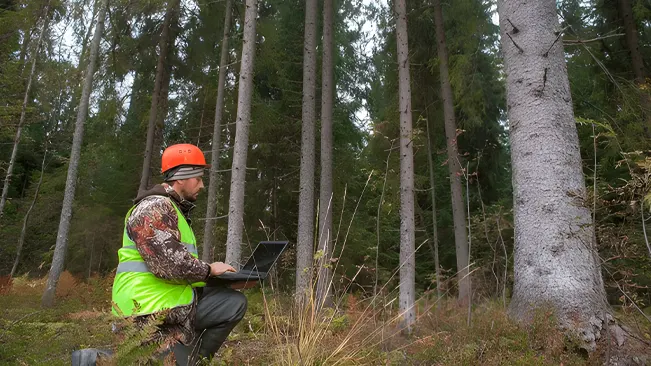
Reforestation and afforestation efforts are critical components of sustainable forest management. Reforestation involves the restoration of degraded or deforested areas by planting native trees to reestablish forest cover and ecological functions. Afforestation, on the other hand, refers to the planting of trees in areas that were not previously forested. Both practices help in sequestering carbon dioxide, enhancing biodiversity, and improving soil and water quality. Successful reforestation and afforestation projects often involve collaboration with local communities to ensure that the planted forests meet ecological needs and provide socio-economic benefits.
Agroforestry and Land Use Planning
Agroforestry integrates trees and shrubs into agricultural systems, creating a more sustainable and resilient land-use strategy. By incorporating trees into farming and grazing lands, agroforestry enhances soil fertility, reduces erosion, and provides habitat for wildlife. It also offers additional sources of income through the production of fruits, nuts, timber, and other tree products. This approach not only improves the productivity and sustainability of agricultural systems but also helps in maintaining forest cover and mitigating the effects of deforestation.
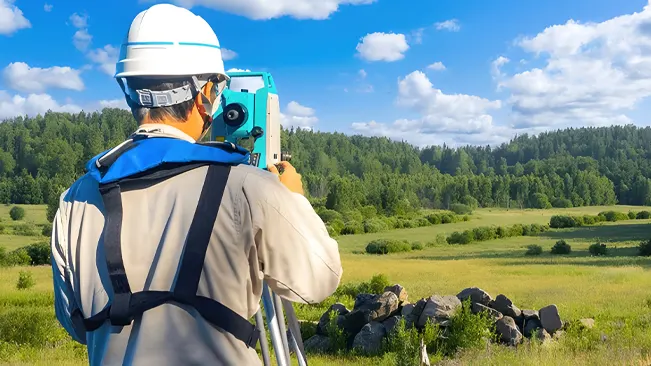
Effective land use planning is essential for balancing development needs with conservation goals. This involves designing and implementing land management strategies that protect and restore forests while accommodating human activities. Land use planning can help identify priority areas for conservation, manage land resources more efficiently, and integrate conservation goals into broader economic and development policies. By considering ecological, social, and economic factors, land use planning can contribute to the sustainable management of both natural and developed areas.
Promoting Awareness and Education
Education plays a pivotal role in fostering a deeper understanding of forest conservation issues and encouraging sustainable practices. Environmental education programs can increase awareness about the importance of forests, the impacts of deforestation, and the benefits of conservation efforts. By educating individuals and communities, these programs help build support for sustainable practices and promote responsible behaviors toward forest management.

Public awareness campaigns are another powerful tool for driving change. These campaigns can highlight the urgency of forest conservation, showcase successful initiatives, and advocate for policy changes. By reaching a wide audience through various media channels, awareness campaigns can mobilize public support, influence consumer choices, and encourage policymakers to prioritize forest conservation. Effective campaigns often involve partnerships with NGOs, government agencies, and businesses to maximize their impact and reach diverse stakeholders.
Conclusion
Deforestation and forest loss represent critical challenges that have far-reaching implications for the environment, biodiversity, and human societies. The relentless clearing of forests for agricultural expansion, urban development, logging, and mining has led to significant ecological disruptions, including climate change, soil erosion, and the loss of invaluable biodiversity. The impacts extend beyond the environment, affecting indigenous communities who rely on forests for their livelihoods and cultural heritage, and posing substantial economic consequences due to the loss of essential ecosystem services.
FAQs
- What is deforestation?
Deforestation is the process of clearing or removing forests to convert the land for other uses, such as agriculture, urban development, or resource extraction. This leads to a permanent reduction in forest cover and can have significant ecological and environmental impacts. - What are the primary causes of deforestation?
The primary causes of deforestation include agricultural expansion, urbanization, logging, and mining. These activities often involve clearing large areas of forest to make way for crops, infrastructure, or resource extraction, leading to the loss of forest ecosystems. - How does deforestation contribute to climate change?
Forests act as carbon sinks, absorbing carbon dioxide from the atmosphere and helping to regulate the climate. When forests are destroyed, the carbon stored in trees is released back into the atmosphere, contributing to increased greenhouse gas emissions and climate change. - What are the environmental impacts of forest loss?
Forest loss leads to several environmental issues, including climate change, soil erosion, and degradation. It also disrupts water cycles, reduces biodiversity, and diminishes the capacity of ecosystems to provide essential services such as water filtration and soil fertility. - How does deforestation affect biodiversity?
Deforestation results in habitat loss for many species, leading to a decline in biodiversity. The destruction of forests can cause the extinction of plant and animal species, disrupt food chains, and alter ecological balance, affecting the overall health of ecosystems. - What are the consequences of forest loss for indigenous communities?
Indigenous communities often rely on forests for their livelihoods, cultural practices, and spiritual values. Forest loss can lead to the displacement of these communities, loss of traditional lands, and disruption of their way of life, with significant social and cultural implications. - What are some sustainable solutions to combat deforestation?
Sustainable solutions include implementing responsible forestry practices through certification programs, promoting reforestation and afforestation, integrating trees into agricultural systems (agroforestry), and adopting effective land use planning strategies. Public awareness and education are also crucial for fostering conservation efforts. - How can reforestation help address deforestation?
Reforestation involves planting trees in degraded or deforested areas to restore forest cover and ecological functions. It helps sequester carbon dioxide, enhance biodiversity, and improve soil and water quality, contributing to the recovery of ecosystems affected by deforestation. - What role do certification programs play in sustainable forestry?
Certification programs, such as those from the Forest Stewardship Council (FSC) and the Program for the Endorsement of Forest Certification (PEFC), set standards for environmentally and socially responsible forest management. They ensure that logging practices are sustainable, helping to protect forests and support conservation efforts. - How can individuals contribute to forest conservation?
Individuals can contribute by supporting sustainable products, participating in reforestation projects, raising awareness about forest conservation, and advocating for policies that protect forests. Additionally, reducing personal consumption of paper and wood products and supporting organizations dedicated to forest conservation can make a positive impact.

Joel Cunningham
Forestry AuthorI'm Joel Cunningham, an expert in pruning and weed management with over a decade of experience. My skills are rooted in formal training and extensive practice, focusing on advanced pruning techniques and efficient weed control. I'm known for my quality work, precision, and deep understanding of plant health and soil dynamics. My contributions extend to educational initiatives where I share sustainable practices and advice, establishing myself as a reliable and authoritative figure in the gardening community.



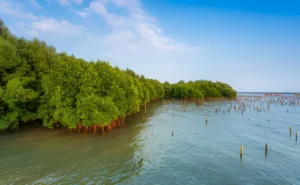
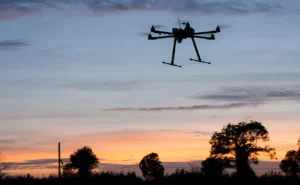

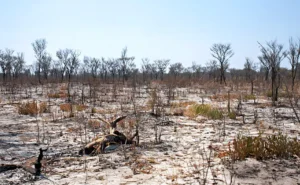


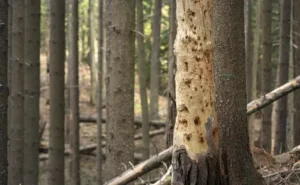
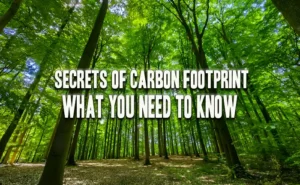
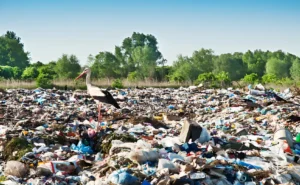
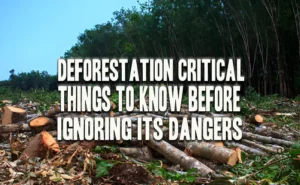
Leave your comment